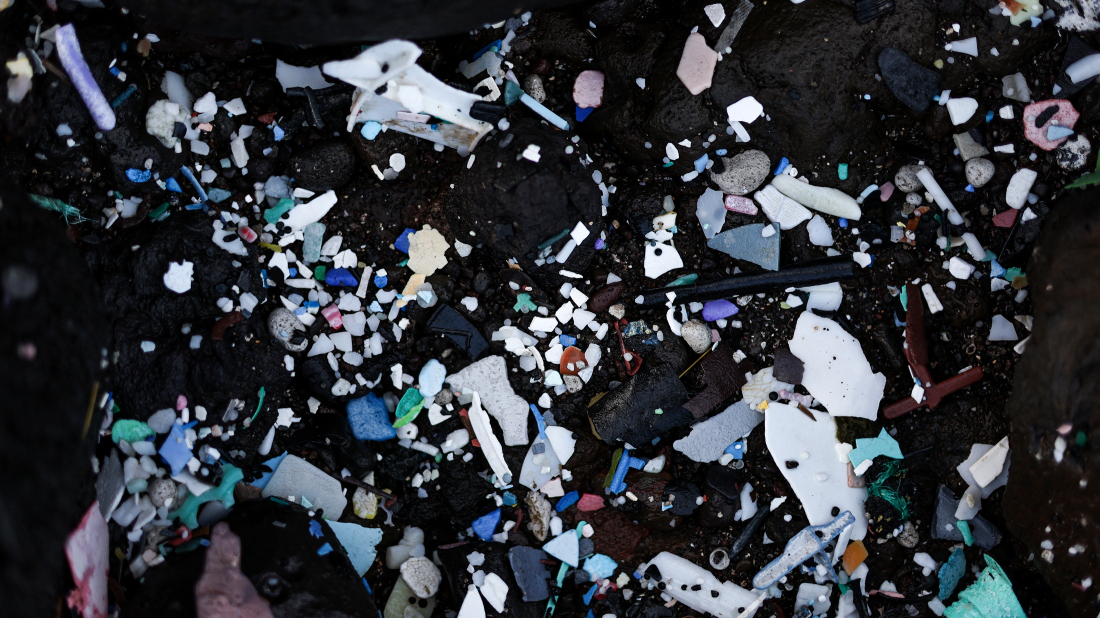Iran calls Trump’s protest warning reckless as deaths reported nationwide
Iran has condemned U.S. President Donald Trump’s warning of possible intervention as protests over the economy turn deadly....

Adults are inhaling around 68,000 microplastic particles each day, researchers warn, over 100 times previous estimates.
People may be breathing in far more microplastic than previously thought, according to a new study published in PLOS One. Researchers from the University of Toulouse found that adults inhale approximately 68,000 microplastic particles per day, a figure that is more than 100 times earlier estimates.
The study focused on microplastics measuring between 1 and 10 micrometers, which can lodge deep in the lungs and pose serious health risks.
“Most studies so far have examined larger particles between 20 and 200 micrometers,” the researchers wrote. “But smaller microplastics pose greater concern for respiratory health.”
Using Raman spectroscopy, the team analysed air samples from indoor environments and car cabins. They found median concentrations of 528 particles per cubic metre in homes and 2,238 per cubic metre in vehicles. Notably, 94% of the particles were under 10 micrometers in size.
By comparing their findings with earlier data on larger particles, the scientists estimated that the majority of inhaled microplastics are small enough to evade the body’s natural defences and enter the respiratory system. The inhalation of such particles, they warned, could lead to oxidative stress, weakened immunity, and damage to organs beyond the lungs.
Nadiia Yakovenko and Jeroen Sonke, co-authors of the study, highlighted the dangers of confined spaces, stating, “During long commutes, people may inhale far greater quantities of microplastics due to air circulation limits inside vehicles.”
The authors are now urging further research into the long-term effects of microplastic inhalation and calling on policymakers to prioritise indoor air quality.
Russian athletes will not be allowed to represent their country at the Milano Cortina Winter Olympics even if a peace deal is reached with Ukraine, International Olympic Committee President Kirsty Coventry said in an interview with an Italian newspaper.
At least 47 people were killed and 112 injured after a fire broke out at a crowded bar in the Swiss ski resort town of Crans-Montana during New Year’s Eve celebrations, Italian Foreign Minister Antonio Tajani told Italian media on Thursday.
A 6.5-magnitude earthquake struck southern Mexico early on Friday, killing at least two people and causing damage in Guerrero state.
India and Pakistan on Thursday exchanged lists of nuclear facilities as well as civilian prisoners, under long-standing bilateral agreements, according to official statements from both countries.
The U.S. on Thursday called on China to exercise restraint and engage in dialogue following Beijing’s military exercises near Taiwan.
An international scientific-practical congress marking the 90th anniversary of the Azerbaijan State Advanced Training Institute for Doctors named after Aziz Aliyev has opened in Baku.
China has announced plans to fully cover childbirth-related costs for families as authorities move to incentivise young couples to have more children.
World Health Organization (WHO) Director-General Tedros Adhanom Ghebreyesus said on Thursday that he still hopes the U.S. administration will reconsider its decision to withdraw from the organisation next month, warning that its exit would be a loss for the world.
The United States has signed significant health cooperation agreements with Uganda and Lesotho, further strengthening bilateral relations and advancing global health initiatives, the U.S. State Department announced on Wednesday.
A viral claim circulating online that Denmark requires sperm donors to have an IQ of at least 85 is misleading. While one Danish sperm bank, Donor Network, does use an IQ threshold, there is no nationwide legal requirement for donors to meet a specific level of intelligence.
You can download the AnewZ application from Play Store and the App Store.

What is your opinion on this topic?
Leave the first comment